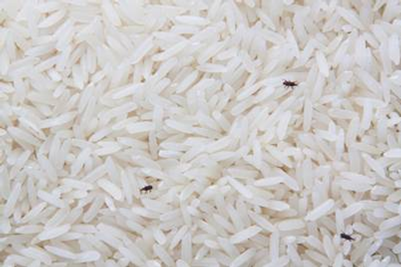There are many benefits to cooking meat. The heat kills harmful bacteria, ensures food safety, and improves the taste and texture of meat. However, do you know that some methods of cooking can result in the formation of substances which could have health concerns?
What are some substances found in cooked meat?
When meat is cooked by high heat like grilling and pan frying over an open flame, some classes of substances such as HCAs and PAHs are formed:
HCAs are formed when meat is cooked over high temperature, when creatine (a chemical naturally found in muscles) and free amino acids react. Studies have shown that HCAs increase the risk of cancer in humans.
PAHs are formed when fat and juices from meat grilled directly over a heated surface or open fire drips onto the surface or fire, causing flames and smoke. PAHs are found in the smoke, which then settles on the surface of the meat. PAHs has also been associated with cancer risk.
Another class of substance is known as nitrosamines, which can even form in uncooked cured meat such as raw ham and salami. Nitrosamines are formed when certain nitrogen-containing substances such as nitrates and nitrites are added to meat. Nitrates and nitrites are commonly added to cured meat such as bacon and sausages as flavouring and preservatives.
Should you be worried about HCAs, PAHs and NAs?
In studies that show an association between HCAs, PAHs and cancer risk, the doses of HCAs and PAHs were a thousand times greater than the amount an average person would consume as part of a typical diet. If grilled and processed meats are consumed in moderation, these substances are unlikely to pose a health risk. This is similar for nitrosamines, as the levels consumed by an average person is unlikely to pose a health risk. Nevertheless, SFA has set maximum levels of nitrates and nitrates allowed in meat products to further safeguard consumers.
Hence, there is no need for consumers with a balanced and varied diet to be unduly worried about these substances.
Nevertheless, how do we reduce the amount of HCAs, PAHs and nitrosamines consumed?
Here are some tips:
Consume a varied diet, with grilled and processed meat (especially cured meat), in moderation.
Use wet cooking methods such as steaming, poaching, stewing, braising and boiling as lower cooking temperatures result in lesser HCAs and PAHs formation.
When grilling, use electric grills instead of flame grills.
When cooking, avoid prolonged exposure of meat to an open flame.
If open flame is used, trim visible fat in meat to reduce drippings into the flame.
Continuously flip meat while grilling
Remove charred portions of meat
Precook meat in the oven to reduce grilling time
Avoid inhaling the smoke generated from grilling meat, especially for charcoal fires. It is recommended for such cooking to be conducted in a well-ventilated place, preferably outdoors.
About the Author
Herman Teo is a Senior Scientist from the Risk Assessment and Communications Department of the National Centre for Food Science. With a Masters in Food Science and Human Nutrition from the National University of Singapore, his recent work includes the regulatory framework for insects for food and feed, and examining emerging food processing risks.




